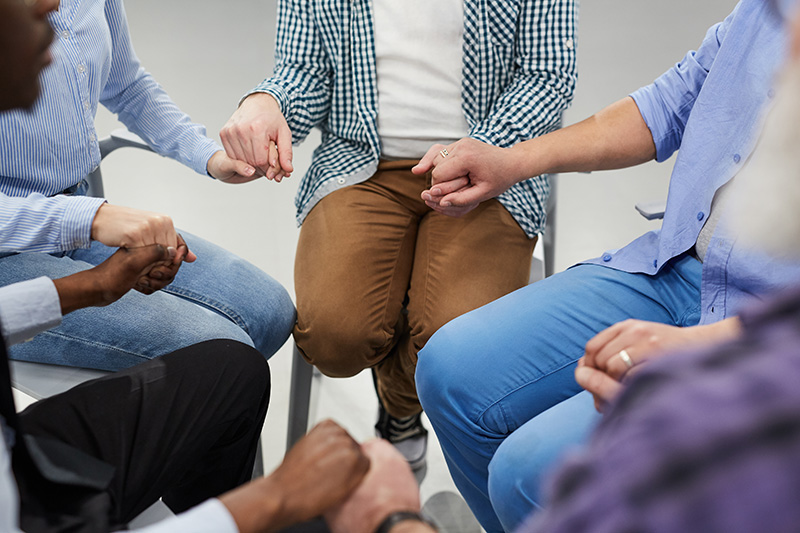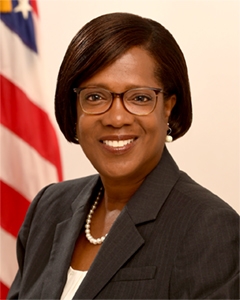September and October were two of the busiest months of the year here at The Substance Abuse and Mental Health Services Administration (SAMHSA). Each September, we observe by celebrating a strong and proud recovery community, promoting and supporting innovative treatment and recovery practices, and lifting up the dedicated service providers, peers, families, and community members who make recovery possible. Following on the heels of Recovery Month, October is Substance Use Prevention Month, during which we remember those who have lost their lives to drug overdose and substance use and renew our commitment to enabling and promoting the supports that help prevent these tragic deaths and heal hurting communities. Recovery Month by celebrating a strong and proud recovery community, promoting and supporting innovative treatment and recovery practices, and lifting up the dedicated service providers, peers, families, and community members who make recovery possible. Following on the heels of Recovery Month, October is Substance Use Prevention Month, during which we remember those who have lost their lives to drug overdose and substance use and renew our commitment to enabling and promoting the supports that help prevent these tragic deaths and heal hurting communities.

Drug overdose deaths reached 93,331 in 2020 – the highest number ever recorded. According to the 2020 National Survey on Drug Use and Health, just over 40 million people over the age of 12 reported having a substance use disorder in the year leading up to their response. This evolving overdose and addiction crisis requires an innovative and comprehensive mitigation strategy, aimed at keeping people alive and meeting them where they are with the treatment and support they need. The Biden-Harris Administration supports the full continuum of care to deal with the chronic nature of substance use disorders. The newly announced HHS Overdose Prevention Strategy builds on previous and ongoing work that focuses on expanding primary prevention, harm reduction, evidence-based treatment, and recovery support services for all Americans.

Miriam E. Delphin-Rittmon, PhD
In addition to addressing overdose, suicide is the 10th leading cause of death in the United States and is responsible for one death every 11 minutes. In 2020, more than 12 million adults, aged 18 and older, seriously thought about suicide. Suicide also requires a comprehensive public health approach (PDF | 6.3 MB) that includes prevention, treatment, and recovery supports. The new 988 dialing code for the National Suicide Prevention and Crisis Lifeline, which will be operational in July 2022, will serve as an important resource for connecting people to needed prevention, treatment, and recovery services and supports.
Recovery is an essential component of the prevention strategy and a cross-cutting principle throughout SAMHSA’s policies and programs. Our newly announced Office of Recovery advances our commitment to, and support of, recovery for all Americans. It will be staffed with a dedicated team who have a deep understanding of recovery to promote policies, programs, and services for those in or seeking recovery. The office will promote the involvement of people with lived experience throughout agency and stakeholder activities, foster relationships with internal and external organizations in the mental health and addiction recovery fields, and identify health disparities in high-risk and vulnerable populations to ensure equity for support services across the Nation.
Across the continuum of care prevention strategies work to prevent or delay the use and misuse of substances, prevent suicide, promote mental health, mitigate problems among populations at risk for mental and substance use disorders, foster resilience, and prevent the onset among populations showing early signs and related problem behaviors.
Recovery-oriented care and recovery support systems help people with mental and substance use disorders manage their conditions successfully, sustain long-term recovery, and lead full lives in our communities. Offered in a variety of settings, peer recovery support services (PDF | 416 KB), are non-clinical and include peer support services and engagement, recovery housing, recovery community centers, peer bridger programs, peer-run crisis respites, warm lines, and recovery programs in high schools and colleges. The recovery movement also provides an opportunity for people to advocate for improvements in prevention, harm reduction, treatment, and recovery services. Equally, the recovery movement can contribute to efforts to reduce negative public attitudes as well as discrimination embedded in public policies and the health care system. Scaling up the capacity and infrastructure of these programs will create strong resource networks to equip communities to support recovery for everyone.
Prevention and recovery services operate under the behavioral health umbrella, share common goals, have distinct sets of services funded through separate sources, and address social determinants of health. To build community resilience there is tremendous potential to work together in a coordinated and comprehensive manner. Specifically, how can prevention and recovery efforts, representing respective parts of the continuum of care and those involved – individuals, families, community sector representatives, clinical providers, prevention practitioners, and people with lived experience – better assist one another to create a supportive web of services and reduce system fragmentation?
Prevention and recovery services are critical elements of a health safety net for communities. Let us sustain and bolster these services, and work together to ensure seamless support for people in recovery and their families. Our mutually reinforcing activities enable us to work collectively and coordinate as a cohesive system, take what we’re learning and infuse this information into our respective networks, and adjust how we carry out our work to create hope, build resilience, and strengthen our communities.
Miriam E. Delphin-Rittmon, PhD, is the Assistant Secretary for Mental Health and Substance Use, at SAMHSA.
For more information, learn about some of SAMHSA’s recovery support resources: SAMHSA’s Working Definition of Recovery, the Peer Recovery Center for Excellence, which focuses on the integration of peer recovery support workers into non-traditional settings, building and strengthening the capacity of recovery community organizations, enhancing the professionalization of peers through workforce development, and providing evidence-based toolkit and resource information for diverse stakeholders; SAMHSA’s range of locators for behavioral health services including the National Suicide Prevention Lifeline (1-800-273-8255); and SAMHSA’s guide for health care providers, systems, and communities to support recovery from substance use disorders via employment mechanisms.




